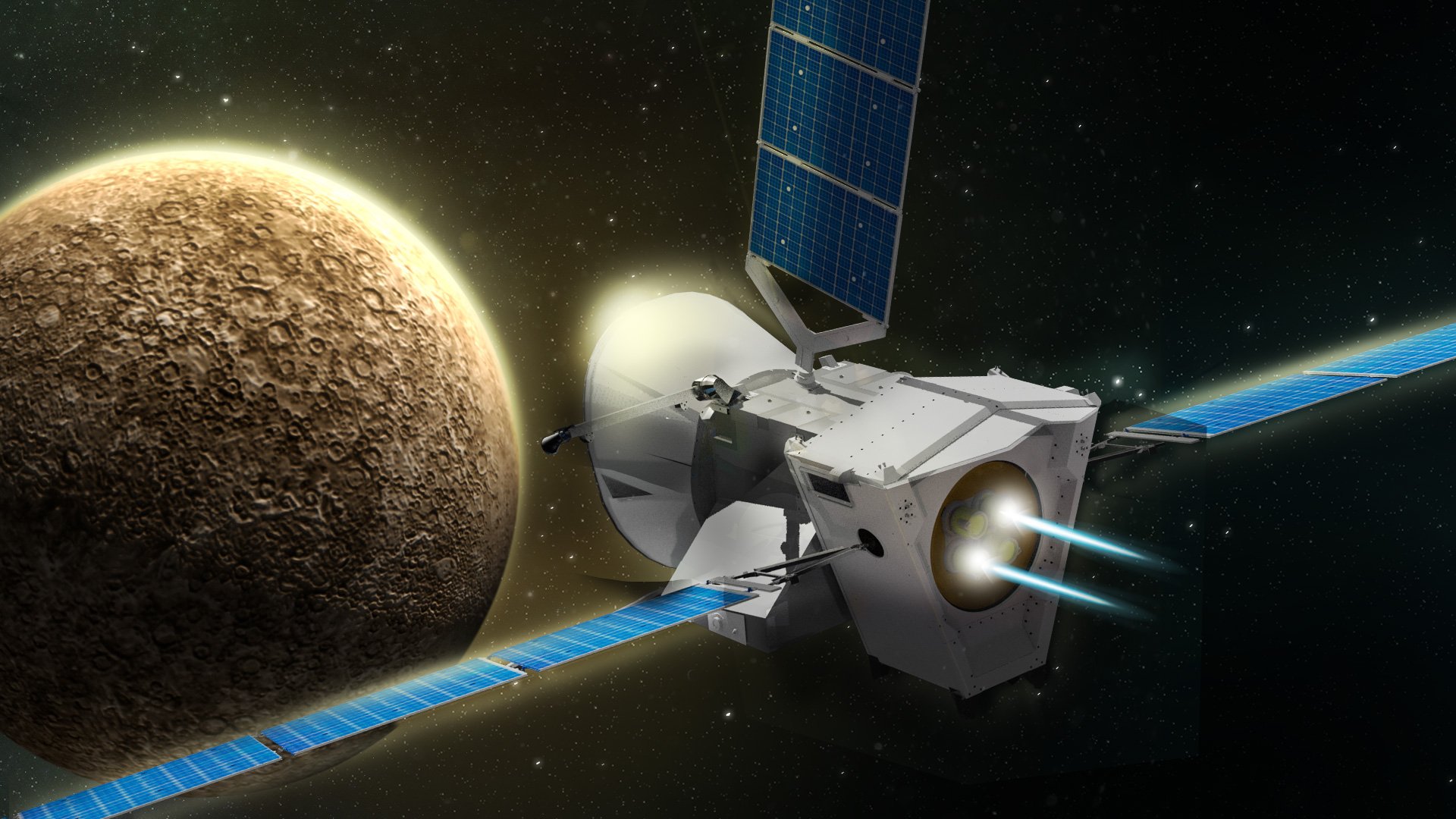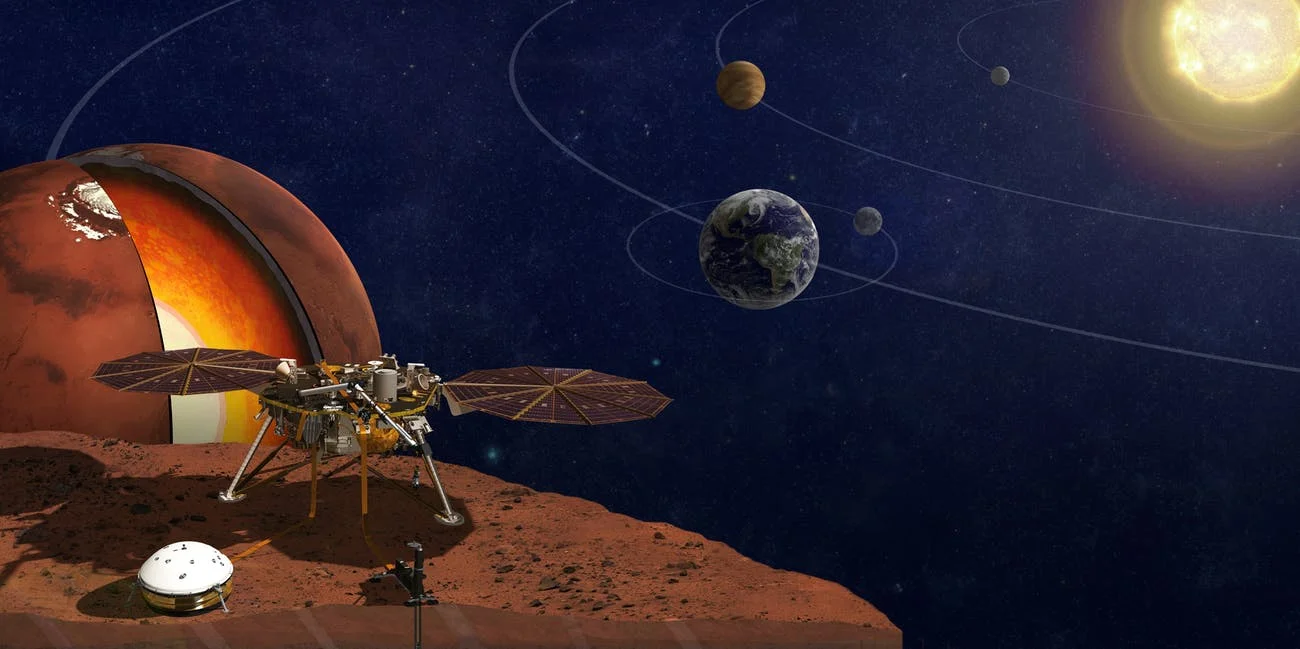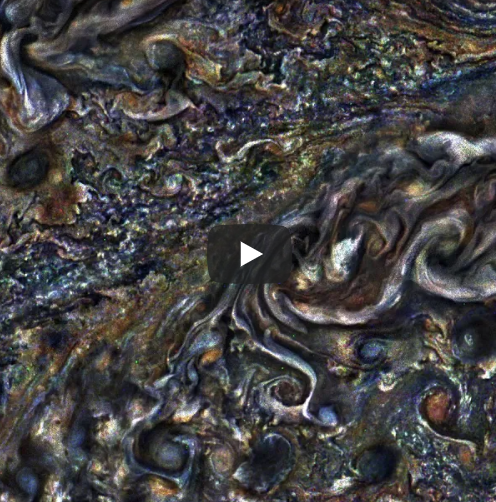Space Organizations Set Sights on Jupiter in 2022
JUNO's perijove 6 pass of Jupiter (May 19, 2017). Image Credit: NASA/SWRI/MSSS/Gerald Eichstadt/Sean Doran
As the Cassini spacecraft recently completed its mission to explore Saturn, returning loads of incredible information and research - organizations have quickly turned their attention back to Jupiter, with both ESA and NASA launching missions around 2022.
The JUpiter ICy moons Explorer (JUICE) is an ESA mission that will help us learn more about Jupiter and its moons Ganymede, Europa and Castillo, and the Europa Clipper is a NASA mission designed to study - you guessed it - Europa.
The path to Jupiter hasn't been an easy one.
A similar NASA mission called JIMO was proposed in the early 2000s but later cancelled due to a shift in priorities favoring manned space missions. JUICE is actually the remains of a proposed joint NASA/ESA mission called Europa Jupiter System Mission – Laplace which was scheduled to launch around 2020, however in 2011 ESA stated that it seemed unlikely that a joint US–European mission will happen in the early 2020s given NASA's [puny] budget (#BeLouder). ESA continued with their portion (JUICE), while NASA subsequently made plans to develop the complementary Europa Clipper mission, slated for launch in 2022.
Why is it important to study Jupiter and its moons?
JUICE will teach us about Jupiter and its radiation, the surface of the moons, potential colony sites, and maybe provide an answer to whether life is out there. Hopefully by then we'll already be halfway there, having set foot on Mars.
Additionally, Ganymede has been looked at for years due to its potential to support life, and JUICE is designed to perform detailed investigations to determine if this is a possibility. All 3 of these moons are thought to have internal liquid-water oceans, so studying their habitability is crucial.
Artist's impression of JUICE. Credit: Spacecraft: ESA/ATG medialab; Jupiter: NASA/ESA/J. Nichols (University of Leicester); Ganymede: NASA/JPL; Io: NASA/JPL/University of Arizona; Callisto and Europa: NASA/JPL/DLR
According to the ESA:
The main science objectives for Ganymede, and to a lesser extent for Callisto, are:
Characterisation of the ocean layers and detection of putative subsurface water reservoirs;
Topographical, geological and compositional mapping of the surface;
Study of the physical properties of the icy crusts;
Characterisation of the internal mass distribution, dynamics and evolution of the interiors;
Investigation of Ganymede's tenuous atmosphere;
Study of Ganymede's intrinsic magnetic field and its interactions with the Jovian magnetosphere.
At the end of its mission, JUICE will orbit Ganymede in 2033, becoming the first satellite to orbit another moon. Its final act is not yet known.
JUICE will arrive at Jupiter in October 2029.











